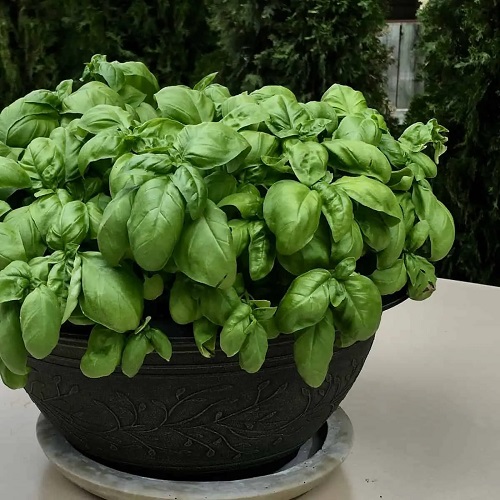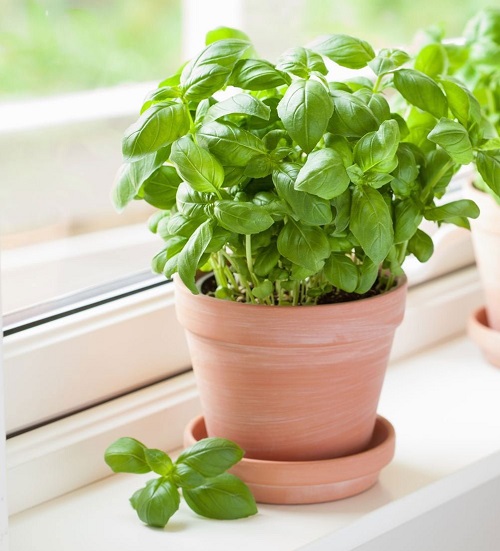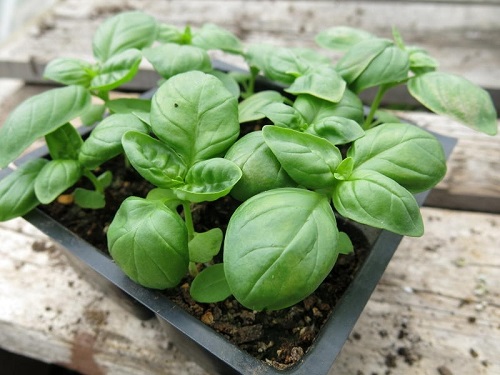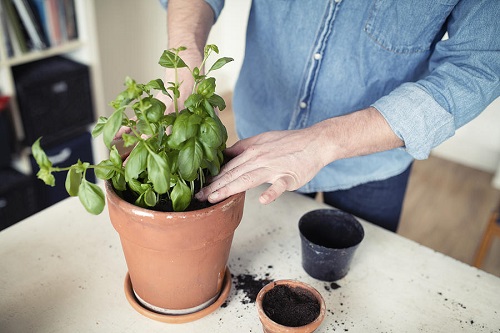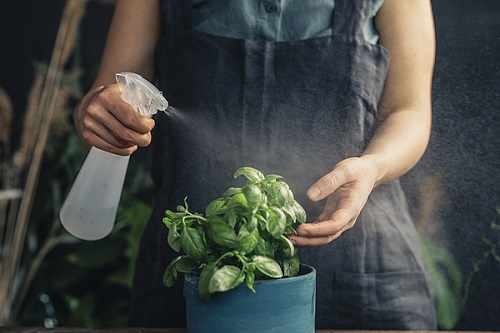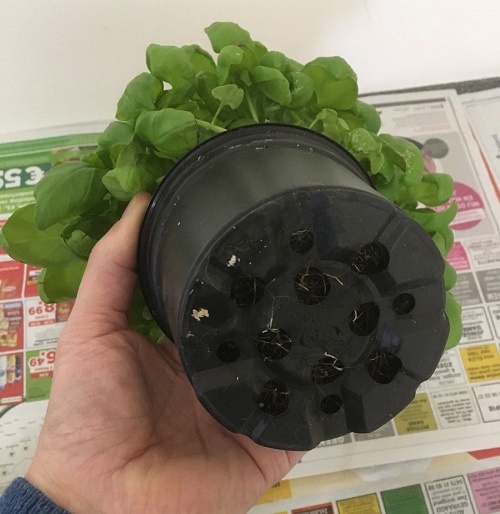Our article will take you through the best Tips to Grow Bigger Basil Leaves! Use them today and see your plant thrive!
With its soft, green leaves and a gentle yet unmistakable scent, basil is a herb that simply begs to be used in the kitchen. Whether sprinkled on top of a fresh tomato salad or infused in a homemade pesto, basil leaves are a true delicacy for any food lover. Read on to learn all the Tips to Grow Bigger Basil Leaves.
Check African Blue Basil Plant Care and Information Guide here
Why Should you Grow Basil?
There are many reasons why growing basil is a great idea for both experienced and novice gardeners alike. For one, basil is an easy-to-grow herb that can be grown both indoors and outdoors, making it a versatile addition to any garden or windowsill.
Basil can be a fantastic addition to a wide range of recipes, from pesto and salads to soups and stews. It is rich in essential oils that have been shown to have numerous health benefits, including reducing inflammation, fighting bacterial infections, and promoting healthy digestion.
By growing basil, you not only have a fresh and delicious herb at your disposal, but you also have a natural remedy for various health concerns. Growing basil is a fun and rewarding activity that can provide a sense of accomplishment and satisfaction.
Basil Leaves Turning Black or Brown? Click here to learn the reasons and solutions
Tips to Grow Bigger Basil Leaves
1. Pick the Right Variety

Not every basil produces big leaves so you have to be selective when it comes to picking up the right vareity.
Try growing Mammoth basil, Lettuce leaf basil, Italian large leaf basil, Napoletano basil, and Green ruffles basil are some of the best ones with large leaves.
2. Choose the Best Location
Basil requires at least six hours of full sunlight daily to thrive and produce large, flavorful leaves. If you’re growing basil indoors, place your plants on a sunny windowsill where they can receive adequate sunlight.
Do make sure that you are not keeping the plant in the shade.
3. Use the Right Type of Soil

The ideal soil type for growing basil with big leaves is well-draining soil that is rich in organic matter. Basil prefers a slightly acidic soil pH range of 6.0 to 7.0.
A good soil mix for growing basil should be loose, porous, and crumbly, with good drainage to prevent waterlogging. Using a high-quality potting mix with added perlite, vermiculite, or coarse sand can improve soil drainage and aeration, which will aid the growth of bigger basil leaves.
Note: Avoid heavy clay soils that can become compacted and retain water, leading to poor growth of leaves.
4. Space the Plants Perfectly
Spacing your basil plants properly is an important factor in ensuring that the leaves grow big and healthy. Basil plants require adequate space to grow and develop a strong root system, which in turn helps to support the growth of large, flavorful leaves.
Make sure it has enough room to grow and spread by keeping it at least 10-12 inches away from the window, wall, or other plants.
5. Go for a Right Pot
If you’re growing basil in containers, choose a pot that is at least 10 inches wide and deep to provide ample space for the plant to grow.
Growing it in a too-small container will limit its growth, which will affect the size of the leaves.
6. Use the Right Fertilizer
A balanced, water-soluble fertilizer with a ratio of 10-10-10 or 20-20-20 is great for boosting the size of the leaves. Dilute it to 1/2 of its strength and use it once in 3-4 weeks.
Be careful not to over-fertilize, as this can lead to excessive vegetative growth at the expense of leaf size.
Additionally, you can add a little compost or aged manure to the soil to give your basil plants an extra boost.
7. Avoid Watering the Leaves
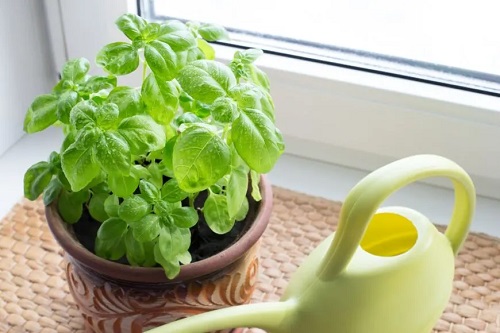
It is important to avoid watering the leaves directly if you want healthy and big basil leaves. Instead, water the soil around the base of the plant to ensure the roots receive sufficient moisture.
Watering the leaves can lead to fungal diseases and damage the delicate surface of the leaves. With proper care, your basil plant with big, flavorful leaves will provide a bountiful harvest for use in your favorite recipes.
Know 9 Important Basil Harvesting Tricks No One Ever Told You here
8. Control Pests and Diseases

Basil is susceptible to a variety of pests, such as aphids, spider mites, and whiteflies, which can damage the leaves and stunt growth.
- To prevent pest infestations, keep the area around the basil plant free of debris and weeds, and make sure to water the soil and not the leaves.
- If you do notice pests, try to remove them by hand or use an insecticidal soap.
In addition to pests, basil can also be affected by diseases such as fungal infections, which can cause wilting and yellowing of the leaves.
- To prevent fungal diseases, avoid overcrowding the plants, provide good air circulation, and avoid watering the leaves.
- If you do notice signs of disease, remove the affected leaves and consider using a fungicide.
By taking steps to control pests and diseases, you can ensure that your basil plants produce big and healthy leaves.
9. Don’t Underwater
Avoid underwatering basil plants, as this will trick them into flowering. Overtly dry soil tricks the plant into thinking that it is about to complete its life, and then it starts to produce more seeds.
A basil plant growing flowers will then use all its energy in developing blossoms, which will result in smaller leaves.
Note: It is equally important not to overwater the plant as it will also result in smaller leaves. Water the plant ONLY WHEN the topsoil feels a little dry to the touch.
11. Keep Deadheading
Deadheading basil plants is an important process to help them to produce better and bigger leaves.
- Remove spent flowers (when you spot them) from the plant by pinching or snipping them off. This encourages the plant to focus its energy on producing leaves rather than flowers.
- If the plant is allowed to produce flowers, the leaves can become smaller, and the flavor can become weaker. Deadheading also helps to keep the basil looking neat and tidy.

